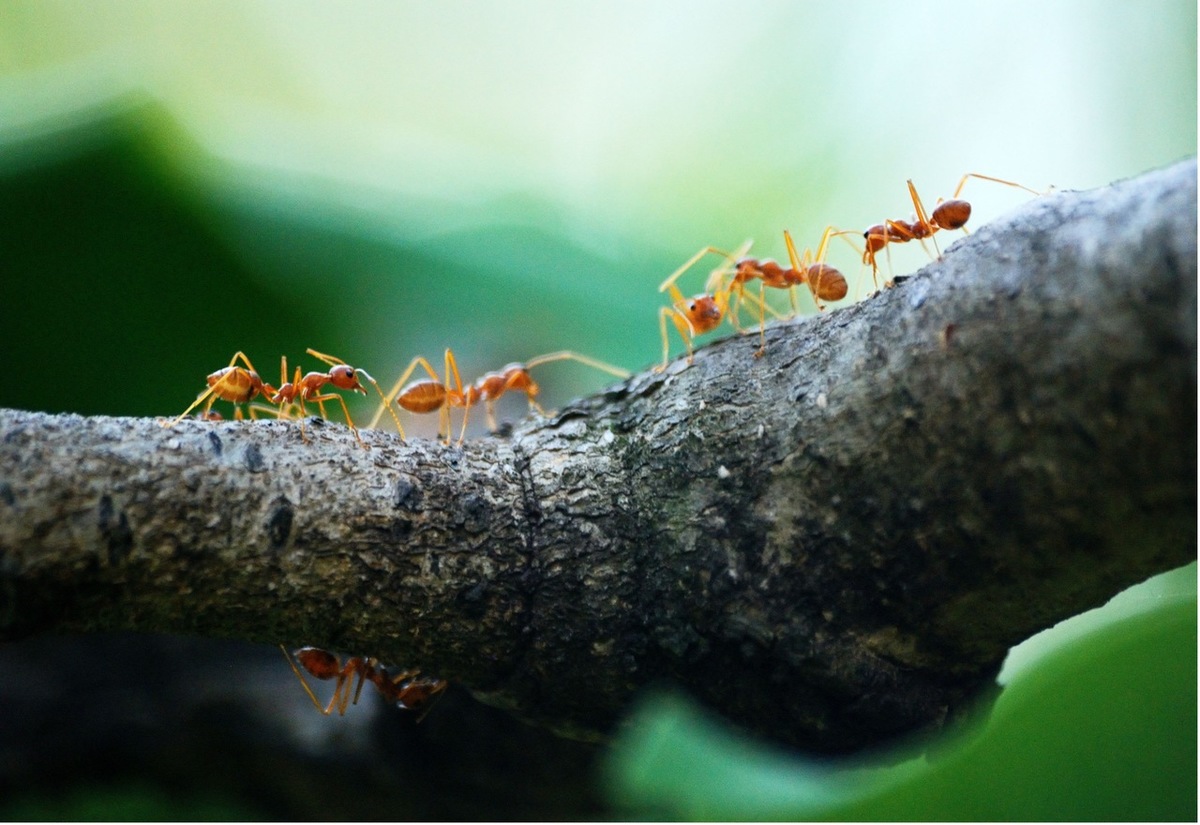Australia's lax laws feeding underground ant trade
Laura Williams
04 September 2021, 7:00 AM
 The surprisingly lucrative industry of trading dangerous ants poses a global threat to safety.
The surprisingly lucrative industry of trading dangerous ants poses a global threat to safety.While Australians are investing millions of dollars in the eradication of dangerous ants across the country, it isn’t lesson enough to prevented national ant traders from exporting the insects across the globe.
With more than 200 ant traders in the world, the market for pet ants is surprisingly lucrative but is it worth the risk that comes with introducing a dangerous species into a country?
According to biologist Tim Low, Australia should take more responsibility for the creatures that they allow to be exported, particularly of species that have been made illegal to import.
“The attitude is that each country takes responsibility for its quarantine regulations. If other countries don’t care then Australia doesn’t care if we export it, even if it is dangerous or disease riddled,” Mr Low said.
“This whole trade should be shut down, and Australia should be a part of the preventing of exports,” he said.
In Queensland, residences have been overtaken by the likes of as fire ants, yellow crazy ants, and jack jumpers. The problem has become a disruption to life as they know it, some not even being able to sit still long enough without being stung on the toilet.
“The electric ants are a well-recognised problem in Cairns. Often, they fall off trees and into swimming pools, surviving on the surface long enough to sting people swimming,” Mr Low said.
While the sting of one ant isn’t as much a cause for concern, the clustering nature of ants means that where there’s one, there’s many more. The problem has rendered parks in America as uninhabitable, and various deaths have been caused by the stings of more than 50 ants at once. Sadly, the dangerous species have even infiltrated American nursing homes, killing residents who had the ants crawling into their beds.
Australia’s contribution to the issue is undeniably ironic.
“Australia is spending over $750 million just to eradicate red fire ants. It is unconscionable we permit the export of our own problem ants and burden other countries with our eradication costs,” Mr Low said.
Two global traders operating out of Melbourne proudly promote their ‘beautiful and unique’ Australian queen ants, stating that ‘we will ship to you, wherever you are in the world.’
Strangely, the demand holding up such a strong industry isn’t driven by any revenge plot or unique ammunition approaches, but simply for the purpose of keeping pet ants.
“People don’t think of ants as pets but a lot of people living in units wants pets for a small space. It’s like having fish in an aquarium,” Mr Low said.
However rather than choosing to keep a dangerous ant such as Australia’s bull ant – which is recorded in the Guinness Book of Records as the world’s most dangerous ant – Mr Low recommends that local ants make the best pets.
“If they get away, then they’re no different to the ants in your area,” he said.
Despite Australia’s strict ban on the importation of ants, the local landscape is under threat from animal smuggling, with dangerous ants being much easier to smuggle in than other illegal species, easily posted through standard mail.
“Invasive ants are major ecosystem engineers, and many species form super colonies that can quickly infiltrate entire forests and farms,
wreaking havoc on native ecosystems and costing farmers millions in lost income.”
The Invasive Species Council is calling on the Australian Government to stop the export of all native ants and lead efforts to secure a global ban on the foreign trade in ants.
“Each country has enough native species to gratify pet owners.”